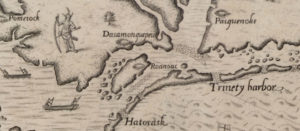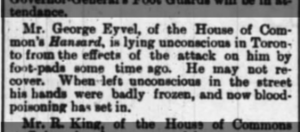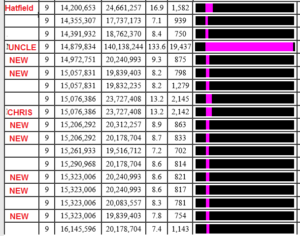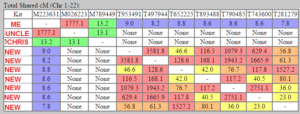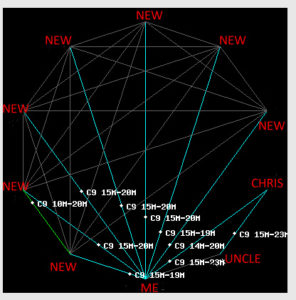a phrase or statement written in memory of a person who has died, especially as an inscription on a tombstone
Origin
late Middle English: from Old French epitaphe, via Latin from Greek epitaphion ‘funeral oration,’ neuter of ephitaphios ‘over or at a tomb,’ from epi ‘upon’ + taphos ‘tomb.’ google search result
I have always thought I would be cremated when I pass. This idea formed over time but was pretty much a solid thought before I finished High School. The Idea has not changed, but it has become more elaborate over time. First, my ashes will be placed in the hole where a sapling will be planted in a national park. Trees aren’t cut down in national parks, right? A tombstone next to the tree? Not too sure about this part because I don’t think it’s really legal to plant your ashes with a sapling in a national parc. My thought then was to place a little Epitaph here. A little Epitaph there.
Today I saw a post in the WikiTree for Genealogist’s Facebook page which 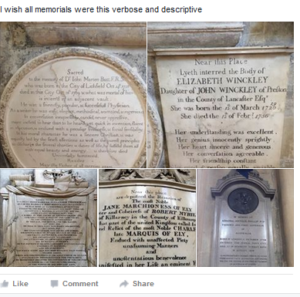
WikiTree For Genealogists Post by M. Anderson, September 16.2016
gave me impetus to write about how I had to fly to SC recently for a Family Funeral and where I had a conversation with a family member about their recent decision to be cremated and ashes scattered (in a place which shall not be named because I KNOW this place is illegal). They have cemetery plots, so what are they going to do with those? What about a Tombstone? How will family historians be able to find out about their birth/death/husband/military service, etc.?
For me, my thought (since becoming a hard core family historian, Genealogist, Professional Genealogist and Genetic Genealogist) is that I will want a small plaque placed with a family member giving my “information”. This way others who follow in my footsteps will have some concrete (or brass in this case) “thing” to find. For me, hearing that these particular family members will possibly NOT have a plot of some kind of shook up my plans. If I can’t tag along on their graves, where would I put my plaque(s).
Plaques (above) is plural because I live far from my original home and Family base in SC, I would want one there. I also would want to place one somewhere in my adopted city. I belong to a large family here, spouse, children, cherished aunts, ma’s and pa-in-law, brother and sister-in-laws, nieces, nephews, and one or two wonderful uncles. So, I feel sure I am in good stead for finding one of these to let me, “tag along” with their memorial <stern look at SPOUSE>, surely. Maybe even a close friend may let me, “…and my loving, loyal, good friend Mags”, if my spouse isn’t willing <another stern look at SPOUSE>.
So, you see my plan is for a little epitaph here, a little epitaph there. I WANT to be found.
More on the elaboration of a little epitaph here a little epitaph there.
Since I know how important Genetics can be to family research, I also would like to have me teeth (or what’s left of them) sealed in a test tube for anyone to use in the extraction of my DNA at a much later date. Think of it as a biological time capsule, with genealogical implications.
Ok, so not just a plaque but a little bit of my DNA too. Too much to ask? Do cemeteries even allow “add-on” plaques? Do they allow encapsulated DNA (isn’t a body in a casket just a one big DNA encapsulation anyway?) to be placed with/in the plaque in some fashion (some clever Genealogist should design this Plaque and DNA Time Capsule for just this purpose! Of course you will need to credit me for the idea of course, but just run with it – really. And while we are at it about a RFID tag with further information about the individual. You could go on a cemetery tour and learn all about the people buried there – again credit me, but run with it!).
I have it all worked out, kind of sort of. Who wants to share your tombstone with me?



